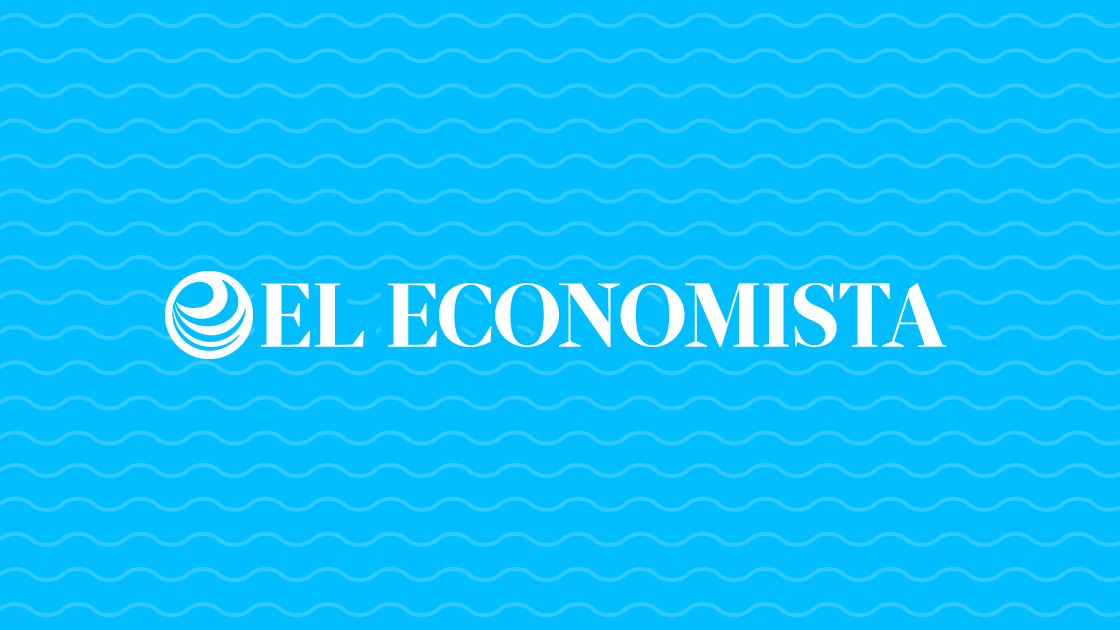Exports and internal sales of crude oil and derivatives will give more than $13,000 million, but the majority goes to subsidies, imports or pre-allocations to local governments.
Between January and December 2021, the exports ecuadorians of raw and derivatives totaled more than $7,000 million. On the other hand, the internal sale of fuels, gas, and others generated a value greater than $4,700 million.
However, of those more than $11,700 million, only $2,684 million were recorded as income in the General State Budget (PGE), and they were available to spend on the growing needs within the entire public sector.
In other words, $23 of every $100 of income at oil sector they are really for the free availability of the government in power; while the rest is spent on preallocations, subsidiesimport of fuels, among others.
Income is pre-committed
Andrés Rivera, an economist and researcher on oil issues, stressed that the fact that more than 70% of what the sector generates already has a destination, even before the exports and sales, means another of the straitjackets that the public spending.
“If you go up price of oil will generate more income, but at the same time payment obligations with universities, local governments, Petroecuador, and others are also skyrocketing. All of this makes the current situation, with a price per barrel of more than $91 be a double-edged sword,” he said.
More than $6,000 million in imports and subsidies
Throughout January 2022, the price of crude oil barrel averaged $73, that is, $13.8 above the price included in the budget of the State for this year. Although one might think that the Central government is receiving much more money, the income cash was $285 million.
Fausto Ortiz, former Minister of Economy, considered that, despite the price peak in the first days of February, the average until December will be at values similar to those of the first month of this year.
Thus, in the best scenario, an additional $800 million will be received, with which the oil revenue at General State Budget they would reach a value close to $3,400 million. This represents 45% more than what was received in 2021.
However, more than 45% of the $13.6 billion for exports and internal sales will go to cover expenses in two aspects.
More expensive oil also means that at least $5.6 billion is needed for the inefficient import scheme for fuels and derivatives. This value includes the more than $1,600 million allocated to subsidieswhich will increase in the current circumstances, after the freezing of the prices of diesel and extra gasoline.
Add to that around $2.5 billion that must be transferred for Petroecuador’s operations to continue.
More than $2,000 million Gara local governments08
part of the oil revenue is pre-assigned exclusively to local governments. According to the Organic Code of Territorial Organization, Autonomy and Decentralization (Cootad), in addition to 21% of taxes, municipalities, prefectures and parish councils are beneficiaries of around 15% of crude oil exports.
For 2022, that represents a little more than $2,000 million, which also does not enter the General State Budget.
At this point, according to Napoleón Santamaría, a tax attorney, the big problem is that there is no real monitoring of how local governments they spend the millionaire transfers they receive.
Austerity always remains the responsibility of the Central government; while at the local level, in many cases, special contributions to get more money from citizens, despite huge state aid. (JS)
Increased income does not cover all expenses
The Ministry of Economy projected that total spending in the public sector will be at least $31,461.17 million during 2022. To cover that level of obligations, revenues, before considering better oil prices, were budgeted at $24,130.88 millions.
The difference must be closed with internal and external debt. Therefore, the best international scenario, in the best of cases, will reduce financing needs, that is, it will allow the country to borrow at a lower level this year.
However, the fiscal problem will still be a concern because the demands for higher spending are everywhere: security, education, gender violence, medicine, among others.








